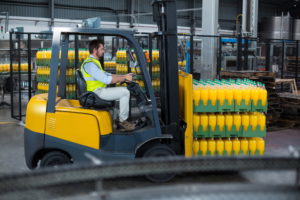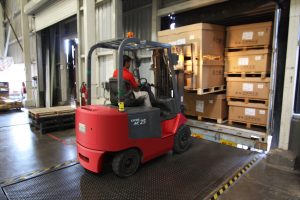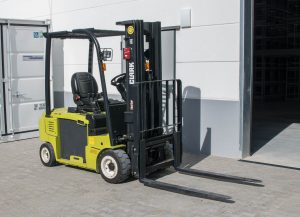
Does your forklift need a seatbelt? Forklifts do not, by law, require a seatbelt. In the current Approved Code of Practice from 1995, there is not even a mention of a seatbelt. However, it’s likely that a new code of…

Forklift and walkie stacker operators frequently load trucks. Truck loading is governed by the Truck Loading Code. It’s a document that outlines the legal requirements for load security on a truck or trailer. While the ultimate responsibility for the security…

In general, forklift training in Australia is more rigorous than in New Zealand. The courses are longer and cover a broader range of topics plus much more driving. However, operators are not required to do a refresher every three years…
In Australia you need a high-risk work licence (HRWL) to operate a forklift. The course to get the licence is 2.5 days and is much more intense than New Zealand courses, covering a broader range of topics and much more…